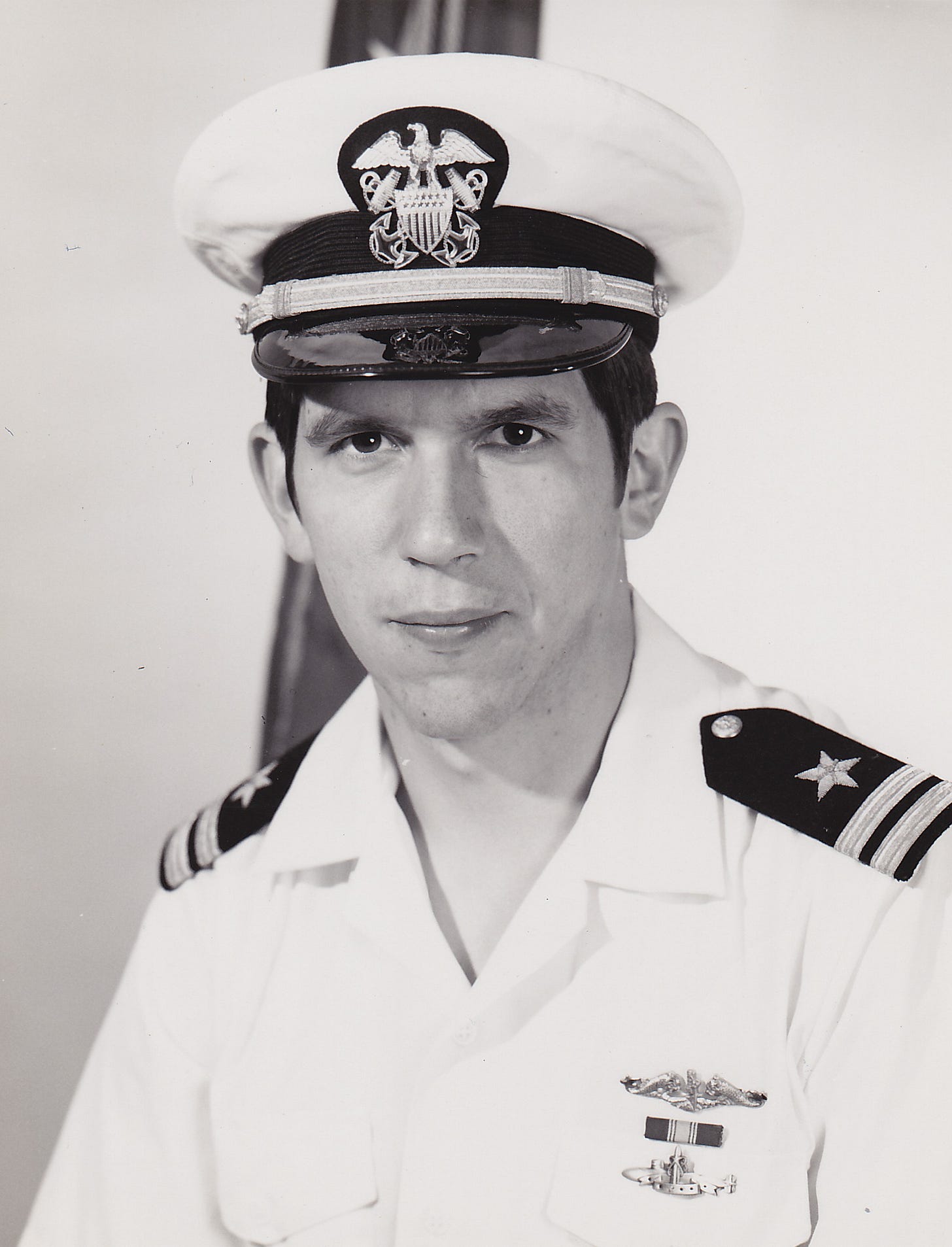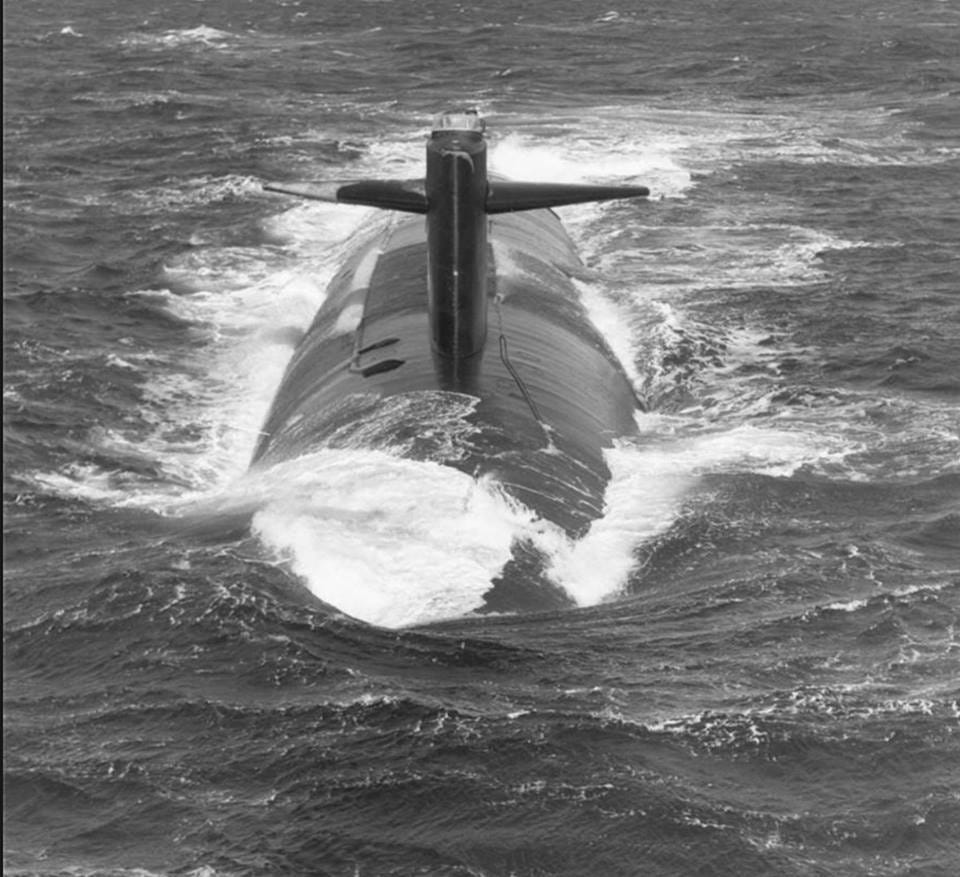During the pandemic I was asked to give a talk about nuclear power to high school students who were stuck at home with their school closed. Developing a presentation that would de-mystify nuclear power was something I had long wanted to do, so I finally had the motivation I needed. Today, I want to reach a wider audience of friends and acquaintances, so I’m adapting the “Power Point” presentation to Substack.
Nuclear power has had a bad reputation. Almost from its beginning in the 1960s, nuclear power had been unjustly portrayed as an extremely hazardous technology. True, nuclear power is not free of hazards — no technology ever has been — but nuclear power is arguably more robust and safer than other technologies because it was designed from the start with safety as a priority. Opponents of nuclear power have linked it with nuclear weapons and played upon our fear of radiation, a different type of hazard because it can’t be seen, to amplify the “deadly” image. I’m going to explain to you why just about everything you think you know about nuclear power is wrong, if you have only been exposed to the mainstream media.
Palo Verde, the largest nuclear power producer in the U.S. with three large plants producing more than 3,600 megawatts of electricity. It’s 75 miles west of Phoenix, AZ.
How do I know? I’ve had just about the best training a person can get in nuclear power. When I graduated from Tulane University with an BS in Engineering, I was commissioned an Ensign in the Navy and ordered to Navy Nuclear Power Training. That training involved six months of intensive classroom study, followed by six months at a prototype naval nuclear power plant that we learned how to operate. Then I served for four years aboard two nuclear-powered submarines, where I operated those nuclear plants. When I say “operated” I don’t mean just routine operations providing the propulsion and electricity needed by the submarine. We trained on every imaginable casualty, we performed repairs when equipment failed, and preventative maintenance to keep everything running properly. I left active duty in the Navy in 1975.
Here I am as a Navy Lieutenant just before leaving active duty in 1975.
Fast forward almost 20 years and I landed a job with the U.S. Nuclear Regulatory Commission, the federal agency charged with overseeing the safety of nuclear power. I started off as a Public Affairs Officer, then moved on to become a Reactor Inspector after another intensive few weeks of technical training. With the NRC I was involved in all the major issues surrounding nuclear power from 1994 to 2010. I have been inside all the nuclear power plants in the Western U.S., examined their equipment, looked over their shoulder as they performed maintenance and poured over their technical documentation to make sure they were operating safely. So I’m not exaggerating when I claim to know a little something about nuclear power.
USS Jack (SSN 605) A nuclear-powered attack submarine which
I serve aboard while on active duty in the Navy.
In my first couple of postings on this topic I’ll explain the basics of where nuclear energy comes from, how a Pressurized Water Reactor (PWR — the most common type in the U.S.) works, and look inside a reactor at some of the components. When you understand the basics (it really is not terribly complicated) it helps you understand why it’s not nearly as dangerous as opponents of nuclear power want you to believe. Also, the enormous number of deaths nuclear power opponents claim will result from an accident — a “meltdown” — are not possible either, as I will also make clear when I talk about radiation, the meltdowns that have already happened, and what nuclear waste is and how it ought to be disposed of.
Here’s a great video, complete with a whacko environmentalist from John Stossel: https://www.facebook.com/watch/?extid=SMS-UNK-UNK-UNK-IOS_GK0T-GK1C&mibextid=2Rb1fB&v=329357182757227
Where Does the Energy Come From?
The first topic I’d like to discuss is the source of nuclear energy. I’m sure everyone is aware of Albert Einstein’s famous formula E = M x C^2, or Energy equals Mass multiplied by the speed of light squared. Since the speed of light is a big number, squaring it produces a huge number and multiplying that time mass gives a really huge amount of energy.
But what is this formula really saying? Einstein’s critical insight was that energy and mass are really the same thing. In one setting this “thing” is mass and in another it is energy. What happens during fission is that very large, heavy Uranium atoms are split into many smaller and lighter elements. But if you were to add up the masses of all the smaller and lighter elements after fission the total would be slightly less than an intact Uranium atom. The reason the lighter elements have less mass is that less energy is required to bind together the nucleons — the protons and neutrons that make up the nucleus of an atom. Energy and mass are the same thing.
This small amount of mass that goes missing is transformed into energy and released as fission takes place. Uranium occurs naturally in two isotopes U238 and U235. U238 is by far the most common making up 99.27% of natural Uranium. The rest is U235, which has the unique property of readily absorbing one more neutron to become U236, which is unstable and fissions, thereby releasing energy. It is difficult to separate U238 and U235 because they have the same chemical properties and are not radically different in weight. Learning how to separate these two isotopes was one of the big problems that had to be solved during World War II in order to make an atomic bomb.
Cartoon of a typical atom. Nucleons are blue/green in the center
Bombs must have Uranium enriched to more than 90% U235. Nuclear reactors use fuel enriched to only about 5% U235. So there is absolute no chance, it is physically impossible, that any mishap at a nuclear power plant could result in a nuclear explosion. The risk nuclear power presents is that some of the elements produced by fission are radioactive, and in a worst case scenario, these elements could be scattered around so that the radiation could harm people and the environment. To prevent this, nuclear power plants have been designed with very robust containment structures that have proved highly effective at containing all the radioactive elements that can be released from a damaged reactor.
Shortly after WW II ended with atomic bombs used at Hiroshima and Nagasaki, scientists realized there were a lot of good civilian uses for nuclear energy. Admiral Rickover got the Navy started on the work needed to produce nuclear power for ships and submarines, and the technology that private contractors working for the Navy developed was soon adapted for commercial power production. The largest industrial companies in the world — General Electric, Westinghouse, Combustion Engineering, and Bechtel — commenced building nuclear power plants at a rapid pace until the end of the 1970s, when the accident at Three-Mile Island occurred.
I’ll pick up the story next time.








Good job. Thank you for your service in the navy and at NRC.
Hi, I just found your Substack via Robert Bryce's essay Solar Energy Is Getting 200 Times More In… and your comment there.
Is there a "Pick up" to your story for HS kids since 8/21/23 that is displayed on your Substack web site? I don't happen to see one. If you were presenting Power Point slides somewhere, I have missed those, too. Or did you convert slide bullets to prose text?
But, really, as a retired engineer what I would like to find about nuclear energy is an essay, book, pamphlet, or whatever that describes the 8 to 16 different types or kinds of nuclear power plants/ sources (liquid water reactors, molten salt reactors, etc.), their respective pros and cons, and that helps to sort out the wide mix of abbreviations used for them. I am looking for something at a level suitable for a technically educated layman without being a dissertation into all aspects of nuclear chemistry, etc. I have seen several You Tube videos addressing thorium molten salt reactors that seem to be the best thing nuclear since sliced bread, but as a materials engineer I am interested in learning more about the kinds of materials used for valves, heat exchange tubing, etc. ; as well as more general trade-off issues of size, cost, storage or related legal issues, etc.
No hurry on a reply, but I presume Substack will send me an email alert if/when you do post a response. [true??]
There ought to be a way within Substack's business model to pay writers smaller amounts (say $10/year) when they are submitting less frequent content. Then you have to make up your "income" from volume of readers more than volume of submittals. Just a minor sore point, as it appears Substack is a resource with way more enticing content (from a variety of knowledgeable writers across many disciplines) than anyone can profitably consume. But I don't want to subscribe to 20 writers at $80/year, in part because I won't have the time to fully read everything they might put out.
PS: while I did my 19 months and 4 days as an Army inductee, thank you for your service in the Navy.